蓝幽灵登月器航向月球
See Explanation. Clicking on the picture will download the highest resolution version available.
请参阅说明。单击图片将下载可用的最高分辨率版本。

See Explanation. Clicking on the picture will download the highest resolution version available.
请参阅说明。单击图片将下载可用的最高分辨率版本。

See Explanation. Clicking on the picture will download the highest resolution version available.
请参阅说明。单击图片将下载可用的最高分辨率版本。

See Explanation. Clicking on the picture will download the highest resolution version available.
请参阅说明。单击图片将下载可用的最高分辨率版本。
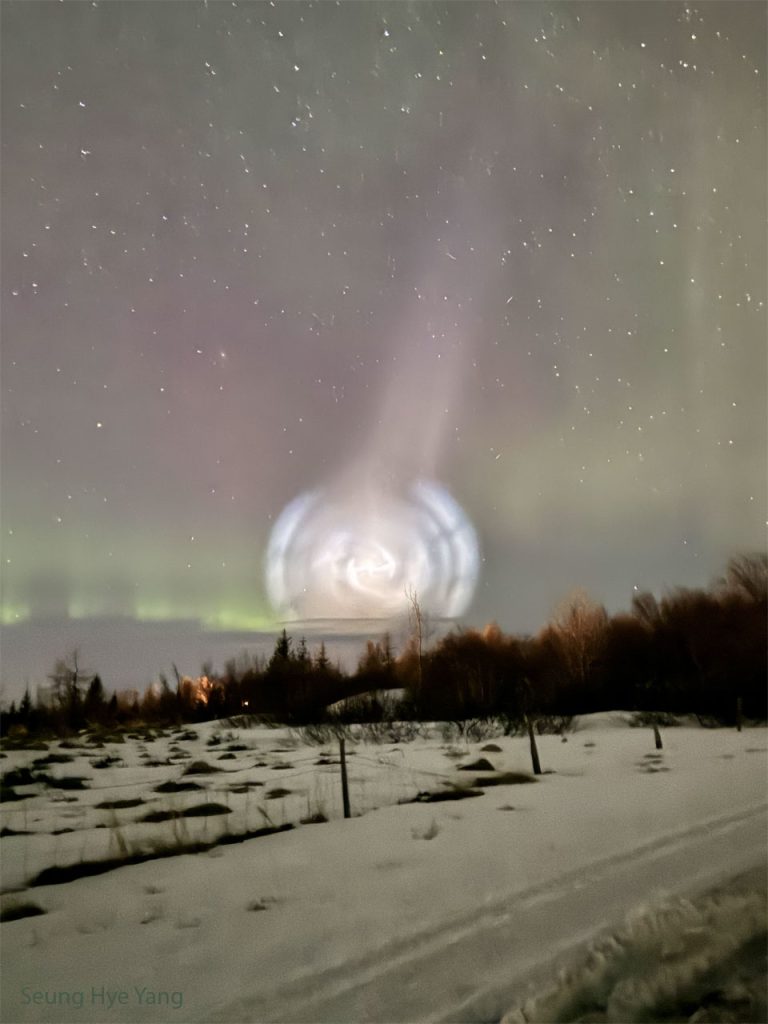
图中显示了一片雪地,后面两旁种满了树木。地平线上有一片不寻常的白色螺旋云。星星点缀着背景,还可以看到淡淡的绿色和红色极光。有关更多详细信息,请参阅说明。

2024年1月10日 The Light, the Dark, and the Dusty Image Credit & Copyright: Gábor Galambos Explanation: This colorful skyscape spans about three full moons across nebula rich starfields along the plane of our Milky Way Galaxy toward the royal northern constellation Cepheus. Near the edge of the region’s massive molecular cloud some 2,400 light-years away, bright reddish emission region Sharpless (Sh)2-155 is at the center of the frame, also known as the Cave Nebula. About 10 light-years across the cosmic cave’s bright walls of gas are ionized by ultraviolet light from the hot young stars around it. Dusty bluish reflection nebulae, like vdB 155 at the left, and dense obscuring clouds of dust also abound on the interstellar canvas. Astronomical explorations have revealed other dramatic signs…
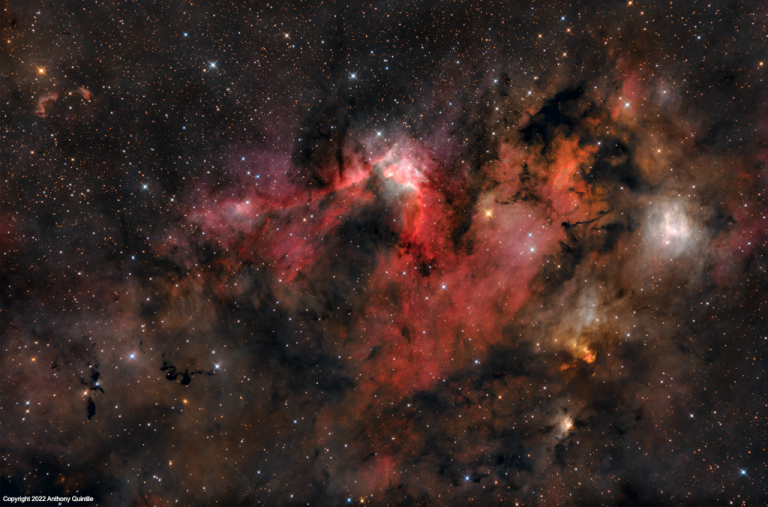
2022年11月30日 The Light, the Dark, and the Dusty Image Credit & Copyright: Anthony Quintile Explanation: This colorful skyscape spans about four full moons across nebula rich starfields along the plane of our Milky Way Galaxy in the royal northern constellation Cepheus. Near the edge of the region’s massive molecular cloud some 2,400 light-years away, bright reddish emission region Sharpless (Sh) 155 is at the center of the frame, also known as the Cave Nebula. About 10 light-years across the cosmic cave’s bright walls of gas are ionized by ultraviolet light from the hot young stars around it. Dusty reflection nebulae, like vdB 155 to the right, and dense obscuring clouds of dust also abound on the interstellar canvas. Astronomical explorations have revealed other dramatic signs…
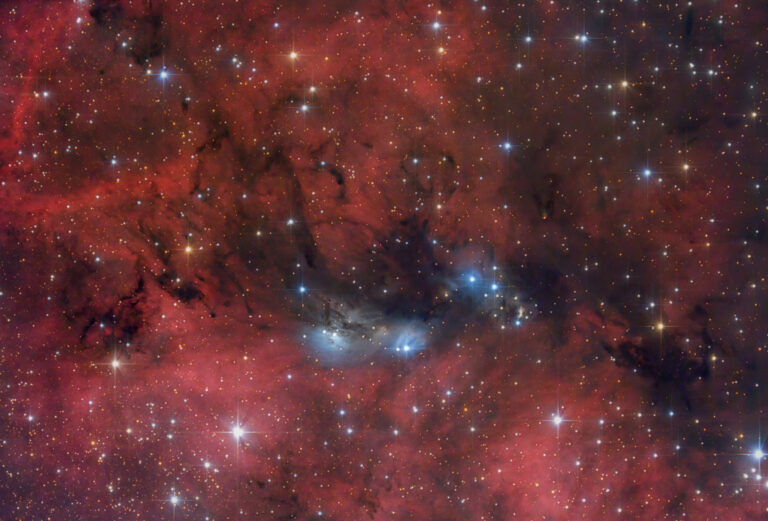
2022年7月7日 The NGC 6914 Complex Image Credit & Copyright: Giorgio Ferrari Explanation: A study in contrasts, this colorful skyscape features stars, dust, and glowing gas in the vicinity of NGC 6914. The interstellar complex of nebulae lies some 6,000 light-years away, toward the high-flying northern constellation Cygnus and the plane of our Milky Way Galaxy. Obscuring interstellar dust clouds appear in silhouette while reddish hydrogen emission nebulae, along with the dusty blue reflection nebulae, fill the cosmic canvas. Ultraviolet radiation from the massive, hot, young stars of the extensive Cygnus OB2 association ionize the region’s atomic hydrogen gas, producing the characteristic red glow as protons and electrons recombine. Embedded Cygnus OB2 stars also provide the blue starlight strongly reflected by the dust clouds. The over…
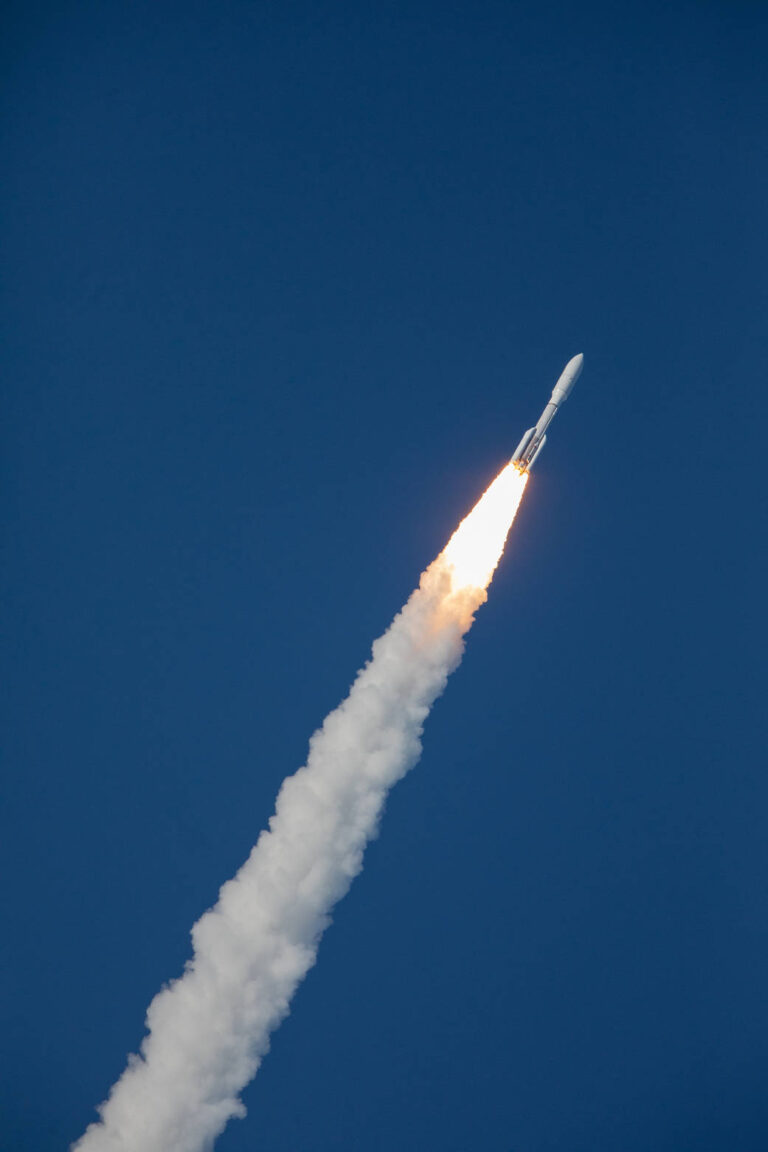
A United Launch Alliance Atlas V 541 rocket, carrying the National Oceanic and Atmospheric Administration’s (NOAA) Geostationary Operational Environmental Satellite-T (GOES-T), soars upward after lifting off from Space Launch Complex 41 at Cape Canaveral Space Force Station in Florida on March 1, 2022. Liftoff was at 4:38 p.m. EST. GOES-T is the third satellite in the GOES-R series that will continue to help meteorologists observe and predict local weather events that affect public safety. GOES-T will be renamed GOES-18 once it reaches geostationary orbit. GOES-18 will go into operational service as GOES West to provide critical data for the U.S. West Coast, Alaska, Hawaii, Mexico, Central America, and the Pacific Ocean. Image Credit: NASA/Kim Shiflett 2022年3月1日,美国联合发射联盟的阿特拉斯-5型 541运载火箭搭载着美国国家海洋和大气管理局(NOAA)的地球同步运行环境卫星-T(GOES-T,从佛罗里达州卡纳维拉尔角太空部队站的41号太空发射综合体发射升空。GOES-T是GOES-R系列中的第三颗卫星,将继续帮助气象学家观察和预测影响公共安全的当地天气事件。一旦进入地球同步轨道,GOES-T将被命名为GOES-18。GOES-18将作为GOES West投入运行服务,为美国西海岸、阿拉斯加、夏威夷、墨西哥、中美洲和太平洋提供关键数据。 图片来源:NASA/Kim Shiflett
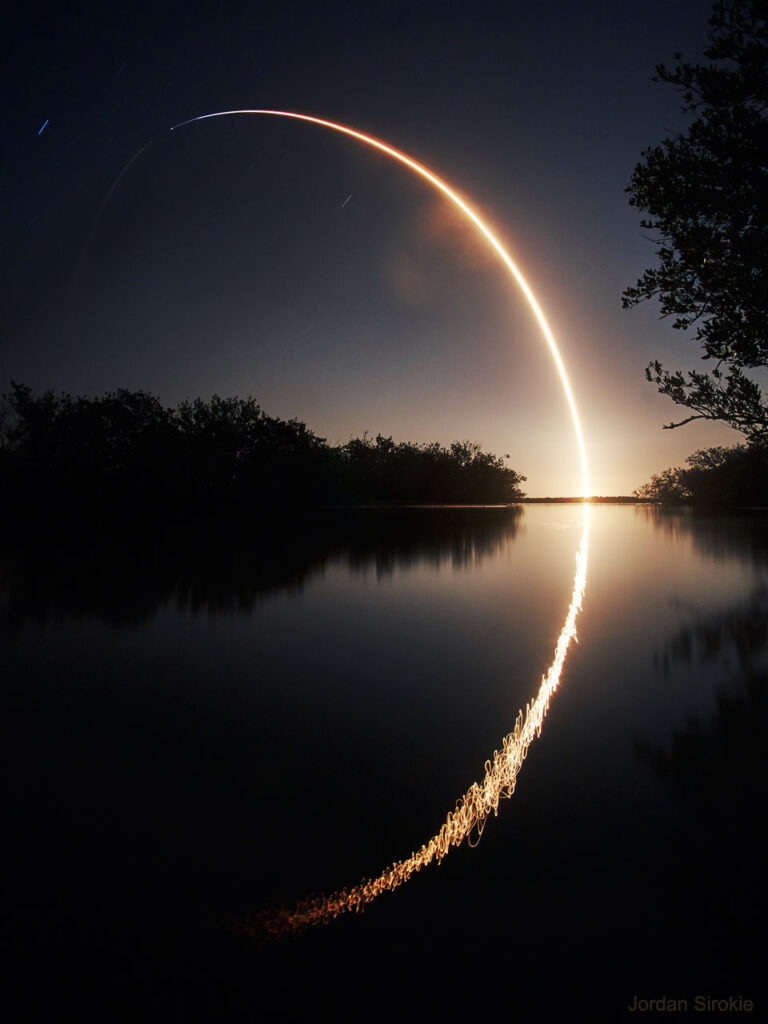
2021年12月22日 Launch of the IXPE Observatory Image Credit & Copyright: Jordan Sirokie Explanation: Birds don’t fly this high. Airplanes don’t go this fast. The Statue of Liberty weighs less. No species other than human can even comprehend what is going on, nor could any human just a millennium ago. The launch of a rocket bound for space is an event that inspires awe and challenges description. Pictured here, a SpaceX Falcon 9 rocket lifted off from Kennedy Space Center, Florida earlier this month carrying the Imaging X-ray Polarimetry Explorer (IXPE). IXPE is scheduled to observe high-energy objects such as neutron stars, black holes, and the centers of distant galaxies to better determine the physics and geometries that create and control them. From a standing start,…
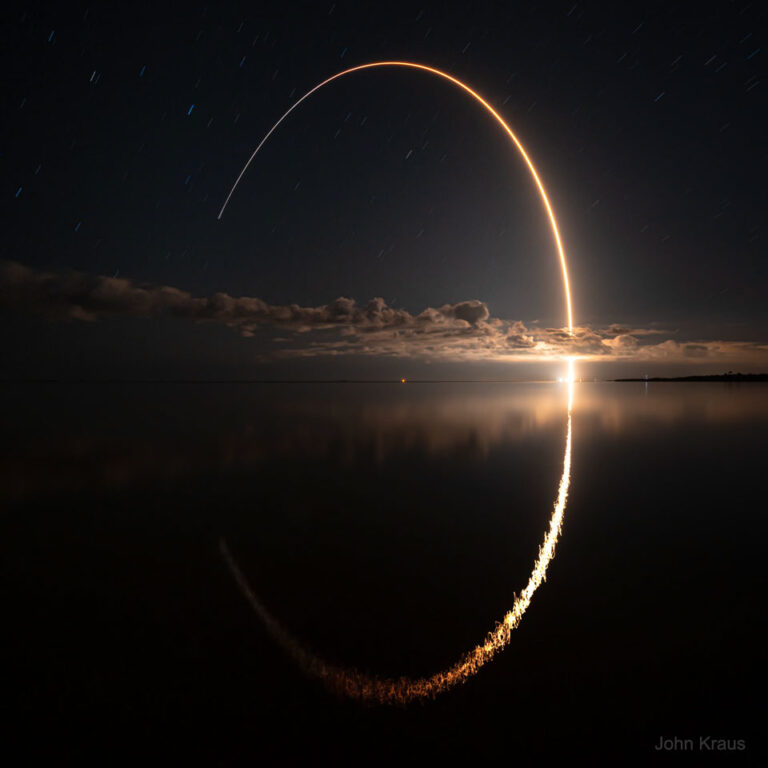
2021年10月20日 Lucy Launches to Eight Asteroids Image Credit & Copyright: John Kraus Explanation: Why would this mission go out as far as Jupiter — but then not visit Jupiter? Lucy’s plan is to follow different leads about the origin of our Solar System than can be found at Jupiter — where Juno now orbits. Jupiter is such a massive planet that its gravity captures numerous asteroids that orbit the Sun ahead of it — and behind. These trojan asteroids formed all over our Solar System and some may have been trapped there for billions of years. Flying by these trojan asteroids enables studying them as fossils that likely hold unique clues about our early Solar System. Lucy, named after a famous fossil skeleton which was…